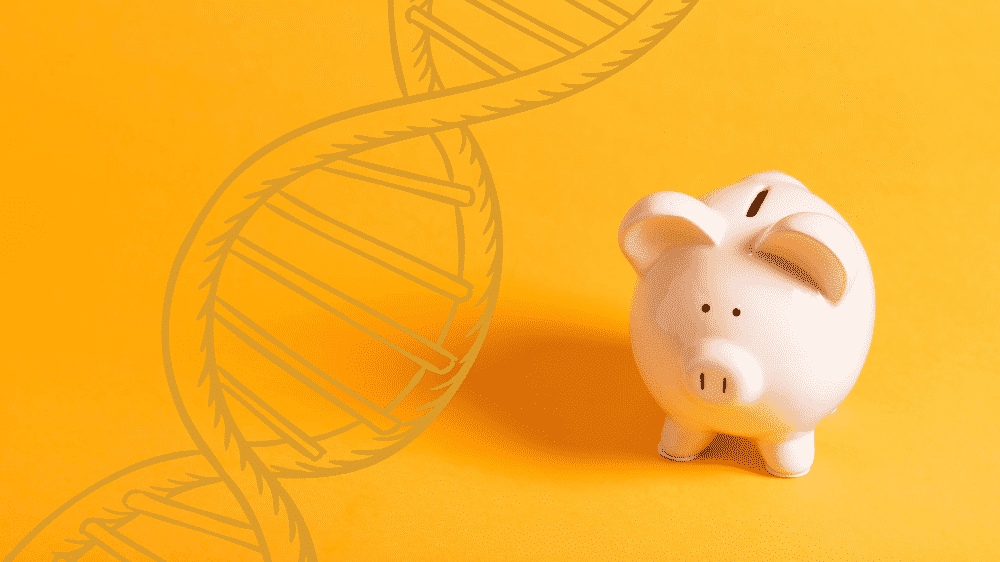The inquiry of whether deoxyribonucleic acid (DNA) testing is “costly” juxtaposed against “just blood testing” is a surprisingly nuanced exploration. At first glance, the perception might be that pricking a finger for a blood draw is inherently cheaper than the complex machinery and analysis inherent in teasing out genetic secrets. However, this comparison simplifies the landscape, neglecting crucial factors that influence the final bill and the underlying scientific gravitas of each procedure.
Let’s dissect this further. Phlebotomy, the act of drawing blood, is indeed a relatively inexpensive procedure. The cost primarily covers the consumables (needles, collection tubes, alcohol swabs) and the labor of the phlebotomist. Routine blood tests, such as complete blood counts or metabolic panels, leverage well-established, automated methodologies that drive down per-test expenses. These are often performed in high throughput, further contributing to economy of scale.
DNA testing, on the other hand, embarks on a different trajectory. The laboratory requisitioning and processing alone are a significant driver of cost. Sample extraction is the initial step. Genetic material needs to be liberated from its cellular confines. This may involve chemical lysis, enzymatic digestion, or mechanical disruption. The extraction process can be automated or manual. Each method impacts the overall cost profile.
Amplification is a crucial step to generating a measurable amount of DNA. Polymerase chain reaction (PCR) is a common methodology. The enzyme DNA polymerase duplicates targeted DNA sequences exponentially. Specialized equipment, reagents, and skilled personnel are necessary to execute the PCR effectively. Errors in amplification can propagate inaccuracies, necessitating stringent quality control measures. These measures contribute to the financial expenditure.
Analysis of the amplified DNA segments is where much of the cost resides. Depending on the type of DNA test, the methodology can vary widely. Sanger sequencing, a more traditional approach, determines the precise nucleotide sequence of a specific DNA fragment. Next-generation sequencing (NGS) allows for simultaneous sequencing of millions of DNA fragments, providing a comprehensive view of the genome or targeted regions. NGS instruments are exceptionally expensive, require highly trained operators, and generate vast datasets requiring complex bioinformatic analysis. The cost of computational infrastructure and data storage also impacts the overall pricing.
Furthermore, the interpretation of DNA test results often necessitates the expertise of genetic counselors or medical geneticists. These professionals provide context to the results. They explain the implications for the individual and their family. The integration of this interpretive layer increases the financial burden but is essential for responsible and informed decision-making.
The scope of the DNA test is a primary determinant of cost. A simple paternity test, analyzing a limited number of short tandem repeats (STRs), will be significantly less expensive than whole-exome sequencing, which examines the protein-coding regions of all genes. Whole-genome sequencing, which deciphers the entire genetic code, is currently the most comprehensive and costly option.
Ethical considerations also underpin the perception of cost. The information gleaned from DNA testing can have profound implications for health, ancestry, and identity. The accessibility and affordability of these tests are matters of societal concern. The potential for genetic discrimination or misuse of genetic information necessitates careful regulation and oversight, adding to the overall complexity and, indirectly, the cost.
Comparing DNA testing to “just blood testing” is therefore an oversimplification. While the initial sample acquisition might seem comparable, the downstream processes differ fundamentally in complexity, technology, and interpretive demands. The perception of cost is also influenced by the scope of the test, the level of interpretation required, and the underlying ethical considerations. It’s not merely about the blood draw, it’s about the intricate molecular journey and the powerful insights it unlocks.
Finally, technological advancements are constantly reshaping the economics of DNA testing. As sequencing technologies become more efficient and automated, the cost per base pair is steadily decreasing. This trend promises to make DNA testing more accessible and affordable in the future. Despite this downward pressure, the inherent complexity of genetic analysis and the imperative for rigorous quality control will likely ensure that DNA testing remains a more substantial investment than routine blood work.










Leave a Comment